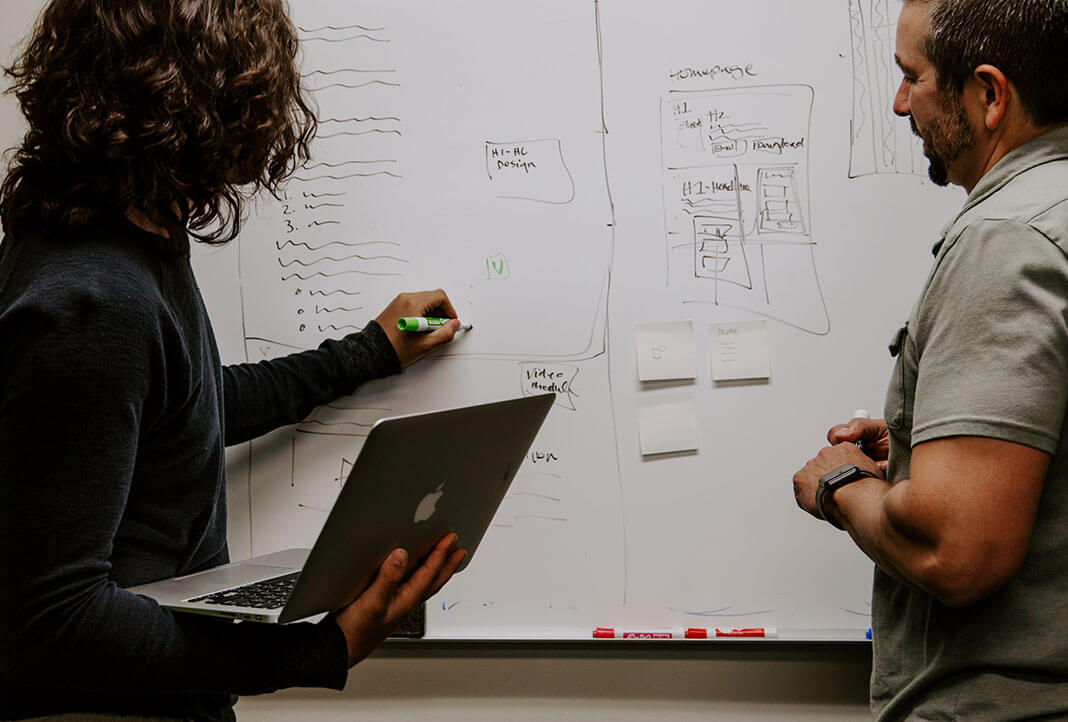by Cat DiStasio
ADP executives Sreeni Kutam, and Sugi Venkatesh say greater collaboration between IT and HR can help create a better experience for employees throughout your organization.
Steering your organization into the future is a major undertaking with countless considerations. One of them — providing a high-quality employee experience — traditionally fell to HR leaders, but now IT and HR must work together to serve internal customers. That means IT leaders, particularly CIOs, need to understand the unique challenges that digital transformation poses to human resources.
To bridge the gap, CIOs should take time to build relationships with HR leaders and gain a holistic understanding of HR’s technology goals. By serving as a consultant, CIOs can help HR leaders identify problems, navigate options and consider solutions that deliver the associate experience they envision. By ensuring a strong relationship between IT and HR, you can help position your team for success as they work to provide the right solutions.
“When IT knows what questions to ask and is aware of HR’s journey map, they can offer solutions that get HR leaders where they want to go.”
– Sugi Venkatesh, ADP, DVP – HR for Global Product & Technology
Digital Transformation in HR
Technology is rapidly changing HR, and HR leaders are rethinking their approach, especially as the workforce becomes more dependent on technology. While technology used to help HR maintain secure records and expedite internal processes, it is now involved in nearly every associate interaction, from onboarding to training to self-service requests. Today’s employees demand a seamless technology experience, and HR leaders must now become technology experts, to a degree, to keep up with those expectations.
Meanwhile, HR leaders are working to incorporate technology in functional ways without inhibiting personal relationships. HR leaders must think more holistically about their technology solutions, but technical acumen is often needed to identify the right solutions.
“HR leaders know what associates expect, and they know what kind of associate experience they want to create,” says Sreeni Kutam, Chief Human Resources Officer at ADP. “But they don’t always know what kind of solution they need. This is where the CIO can become one of their most valued colleagues.”
Looking at the Big Picture
What stops HR leaders from obtaining the technology solutions they need? Often, difficulties can arise if IT is unaware of HR goals. If HR leaders only express their functional issues without describing their larger holistic goals, the proper solution may be hard to identify. For instance, HR might ask IT to simplify an online form when the real problem is that the form is difficult to find or employees don’t know what form to fill out in the first place.
Once IT understands that HR’s goal is to streamline the self-service experience, they can design solutions that deliver.
“In an era when employee experience is taking center stage, HR leaders are under increasing pressure to deliver solutions that are easy to use and reduce the cognitive burden on associates,” says Kutam. “They don’t always convey that goal to IT when they are complaining about a particular online form that is difficult to use. IT needs more information to address the real issues HR leaders are facing.”
From an IT perspective, approaching the relationship with HR as a consultant can help.
“When IT knows what questions to ask and is aware of HR’s journey map, they can offer solutions that get HR leaders where they want to go,” says Sugi Venkatesh, Division Vice President – HR for Global Product and Technology at ADP. “This is easier to accomplish when IT and HR have a strong, ongoing relationship and are committed to working together to shape the associate experience.”
How CIOs can Help
HR leaders can’t be expected to stay ahead of all the latest technology innovations, but they should be able to trust that they can turn to their CIO for guidance. CIOs can prioritize getting to know HR challenges on a deep level by working with HR to create a journey map that contextualizes problems and sets goals. Looking outside-the-box can also help you find unique solutions that contribute to a better experience for your workforce.
“Rather than waiting for a call from HR to solve a problem, CIOs should be working proactively to help HR leaders set technology goals,” says Venkatesh. “Since you are both serving the same internal customers, CIOs should already have an understanding of associates’ expectations and be able to lend their technical expertise to help HR carry out their initiatives.”
IT and HR: Partners in Engagement
When IT and HR forge a strong relationship and work together to serve internal customers, it can only help the organization. CIOs can support their teams by making it a priority to understand HR’s digital transformation challenges. Working to align departments can lead to better technology solutions, more efficient IT processes and reduced stress for your IT team.
And at the end of the day, greater collaboration between teams can help create a better experience for employees throughout your organization.
Learn more
Launch this podcast anytime: Business Resource Groups: A Blueprint to Engagement & Business Continuity. In this episode listen in as ADP Canada BRG leaders share their insights into why BRGs are essential in driving business value through greater innovation, better team productivity and higher financial performance. At the end of this podcast, you’ll have your very own blueprint to establishing a company BRG. – let’s dive in!
New capabilities are now available in ADP Workforce Now to help with bringing your people back to the workplace. These include a survey to understand employee sentiment and availability, scheduling, daily attestations, trend monitoring, and contact tracing. To see a video of the capabilities and learn more, visit www.adp.ca/returntoworkplace.
This article originally appeared on SPARK powered by ADP.



